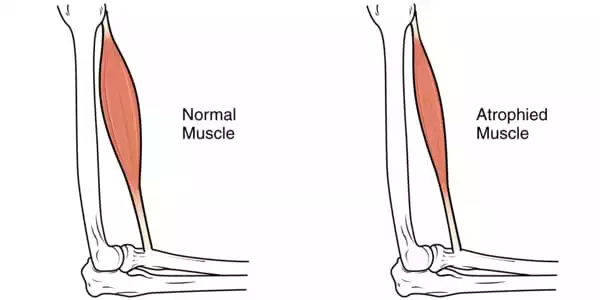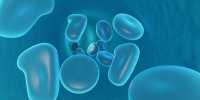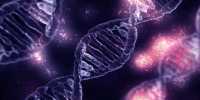Sustaining muscle mass is essential for maintaining optimal health in elderly persons. Science has revealed the possible importance of high-quality diets in ensuring appropriate protein, vitamin D, and antioxidant nutrient consumption from food. Optimizing one’s food and nutrition throughout one’s life may be crucial in preventing sarcopenia and promoting functional abilities in old age. Furthermore, nutrition science is faced with the difficulty of developing a balanced meal that combines these nutrients to ensure daily intake but as a supplement.
Everyone wishes to remain fit and healthy as they age. However, as we become older, our bodies decay, our muscles shrink, and our strength falls. Sarcopenia is a disorder in which some elderly persons experience significant muscle loss. University of Basel researchers show that a combination therapy could delay the onset of sarcopenia.
We currently live longer lives than at any other time in human history, but in order to enjoy those extra years, we must remain healthy, mobile, and self-sufficient. However, as we age, our muscles lose mass and strength. This age-related muscle loss prevents many older individuals from living independently, forcing them to rely on family or the healthcare system for everyday assistance.
Age-related muscle decline already occurs in our thirties but begins to accelerate at around 60. By age 80, we have lost about a third of our muscle mass. Although this aging process cannot be stopped, it is possible to slow it down or counteract it, for example through exercise.
Dr. Daniel Ham
Slowing age-related muscle loss
“Age-related muscle degeneration begins in our thirties but accelerates around the age of 60. “By the age of 80, we’ve lost almost a third of our muscle mass,” says Dr. Daniel Ham, one of the study’s primary authors, whose findings are published in “Nature Communications.” “.. “Although this aging process cannot be stopped, it can be slowed or reversed, for example, by exercise.”
Researchers at the University of Basel’s Biozentrum, lead by Professor Markus Rüegg, proved in mice that both calorie restriction and the medication rapamycin have a favorable effect on aging skeletal muscle. “If we can understand what happens in the muscle as we age, we might be able to devise treatments to avoid muscular aging and sarcopenia.”
“Both calorie restriction and rapamycin have been advocated as anti-aging therapy, but we didn’t expect the two treatments to have additive advantages,” says Dr. Nitish Mittal, another research lead author. Previously, it was considered that moderate fasting and rapamycin were alternative ways of attaining the same goal: the suppression of the protein complex mTORC1, which, when activated, accelerates aging.

Beneficial effects enhanced with combined treatment
“Contrary to our predictions, the therapies do not converge at mTORC1 redundantly,” Ham adds. “While we expected calorie restriction to have benefits other than mTORC1 suppression, it was tremendously surprising to us that rapamycin, a mTORC1 inhibitor, further delayed muscle aging in calorie limited mice, where mTORC1-activating foods are only available for a few hours per day.”
The positive benefits of rapamycin on calorie-restricted mice were thus cumulative, with mice exhibiting much greater muscular function than mice receiving either therapy alone. “Treated mice are more active and physically capable than their contemporaries because their muscles remain healthy,” Ham explains.
Maintaining muscle mass is essential for elderly people’s optimal health. Optimizing diet and nutrition throughout life is critical for preventing sarcopenia and promoting functional ability in old age. Nutritional science is also faced with the issue of developing a balanced diet that includes enough protein, vitamin D, and omega-3 fatty acids to suit the dietary needs of older people.
Healthy muscles for longer independence
“Our muscle health truly is riches. Muscles are required for whole-body metabolism and the proper functioning of various organs in addition to physical function” Mittal explains. The beneficial effect of calorie-restricted diets and rapamycin on muscle aging raises the intriguing question of whether elderly persons suffering from sarcopenia can benefit from a combination therapy that includes a mTORC1 inhibitor, a calorie restriction-mimicking medication, and possibly exercise.
“Strong and robust muscles give many benefits for the elderly, and indeed for all of us,” Ham explains. “We can live an active and independent life for a longer period of time, enjoying things such as hiking, traveling, and caring for the grandchildren.” This plays a major role in life quality and satisfaction in old age and also relieves the health care burden.
















